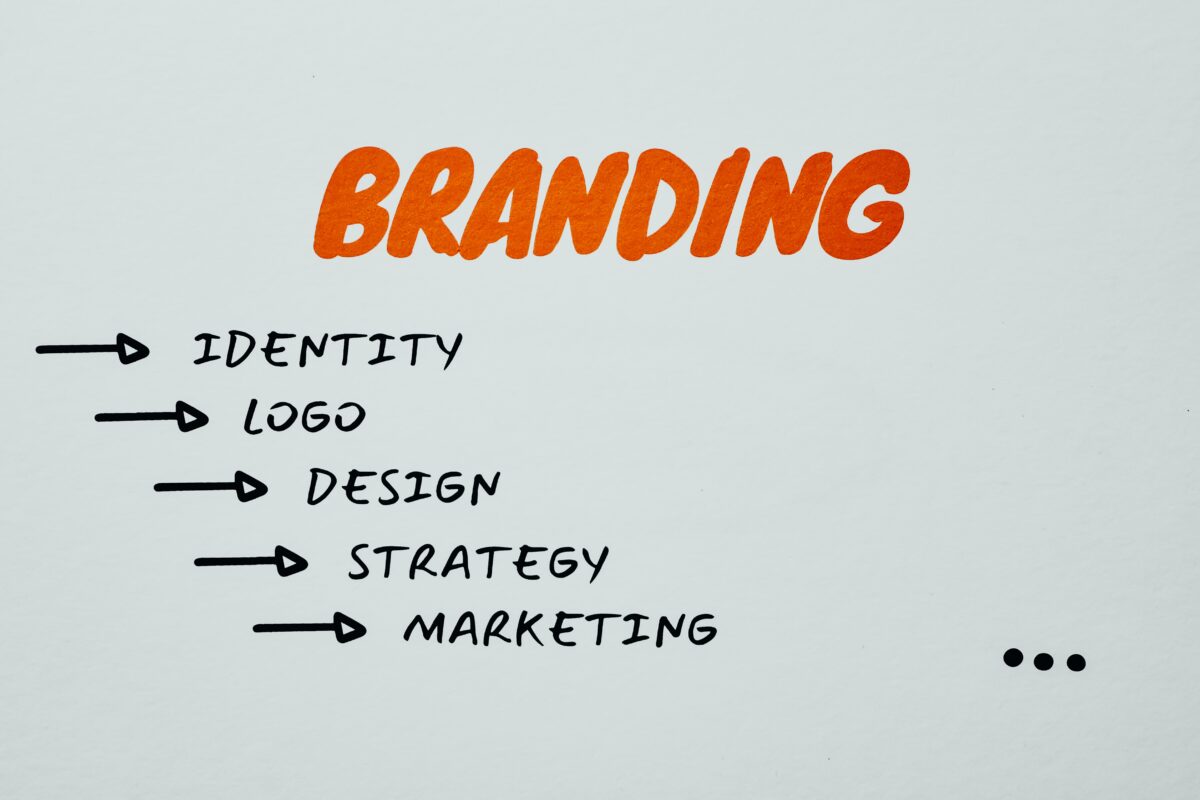Branding directly impacts the success of a business online, so you’ll want to consider creating a brand style guide if you don’t already have one. Think of a brand style guide as the rulebook for how your business presents itself to the world. This includes … Continue reading “5 tips to create a brand style guide for your business”
5 signs that your branding is broken
Your brand is your business’s identity. So, your branding is the reflection and culmination of your business’s personality, appearance, voice and overall vibe. It takes about seven seconds for consumers to make an instant decision about whether or not they like and trust your brand. … Continue reading “5 signs that your branding is broken”
5 steps to determine your brand personality
Brands have personalities just like humans do. But if you’re a little unsure how to define your particular brand personality, you’ve come to the right place. A brand personality involves the human characteristics of a brand, which your customers can relate to and connect with. … Continue reading “5 steps to determine your brand personality”
Want to receive more great content like this for free?
Subscribe to our newsletter to get best practices, recommendations, and tips for digital marketers



